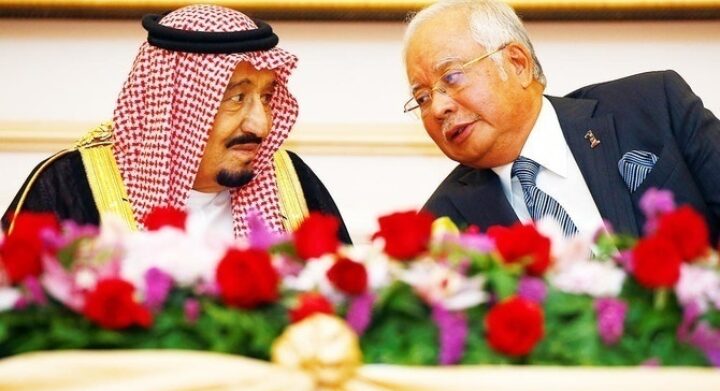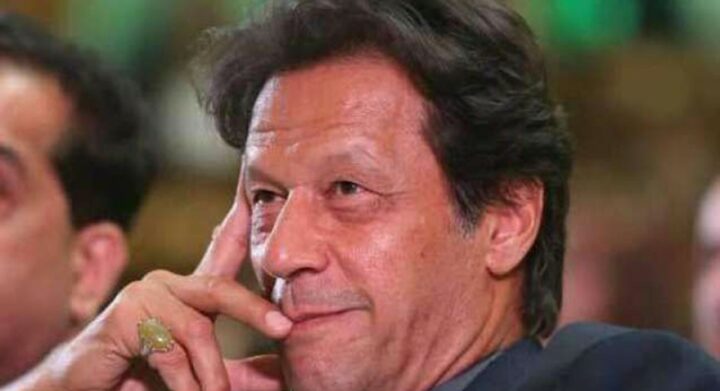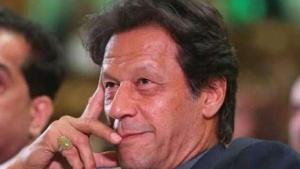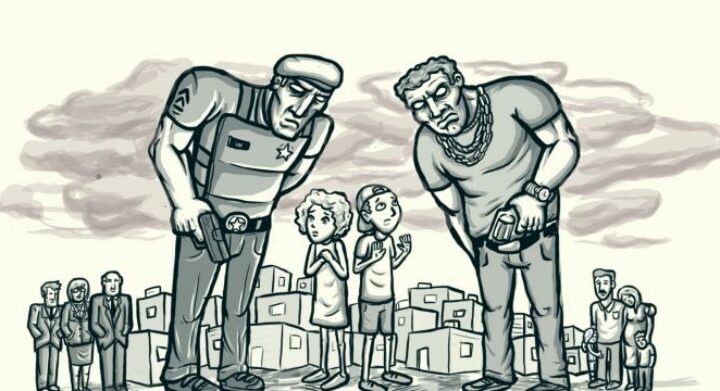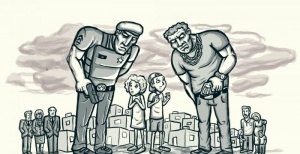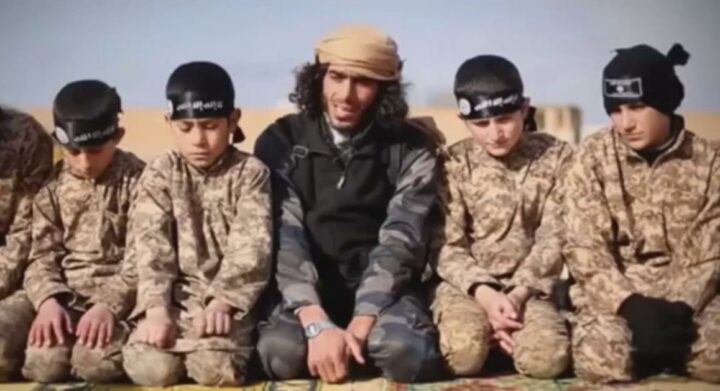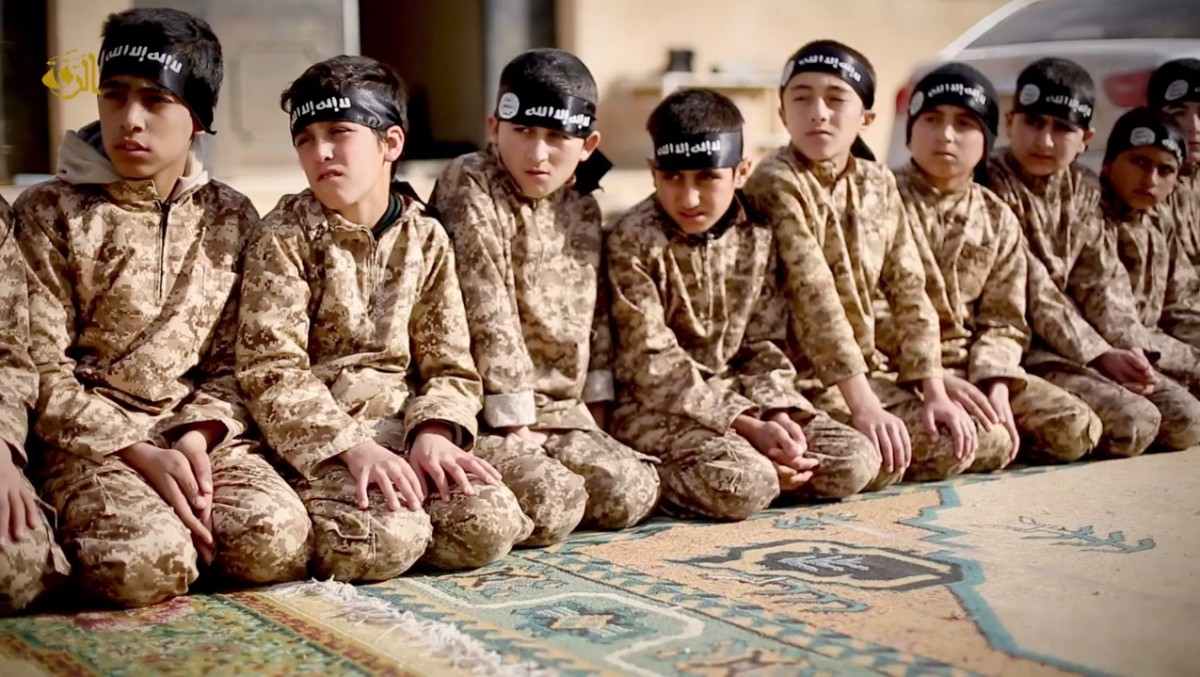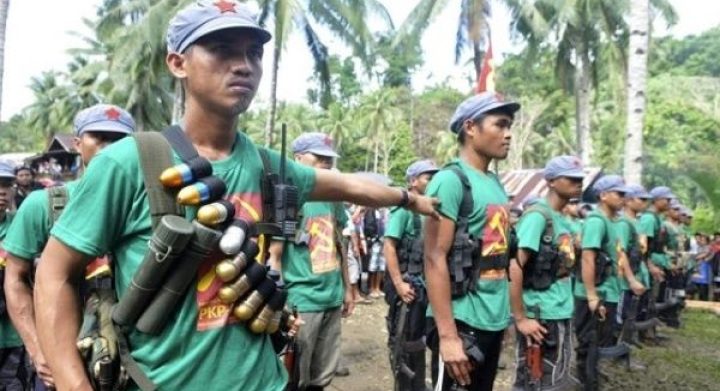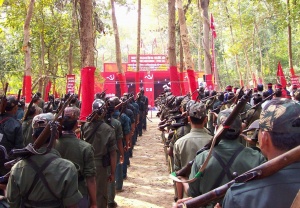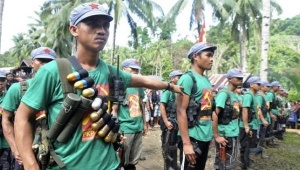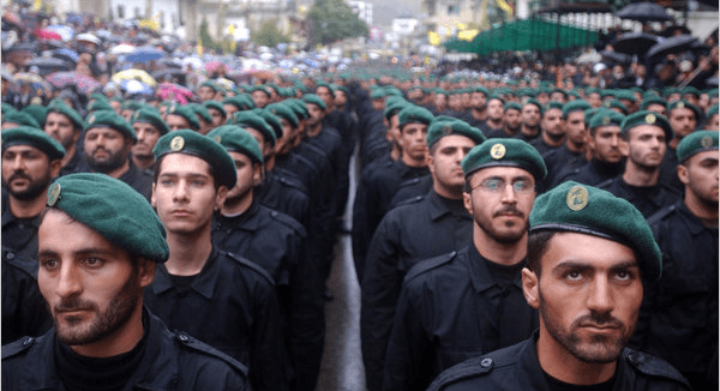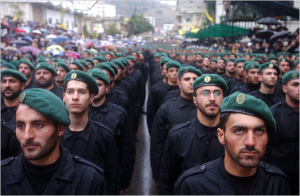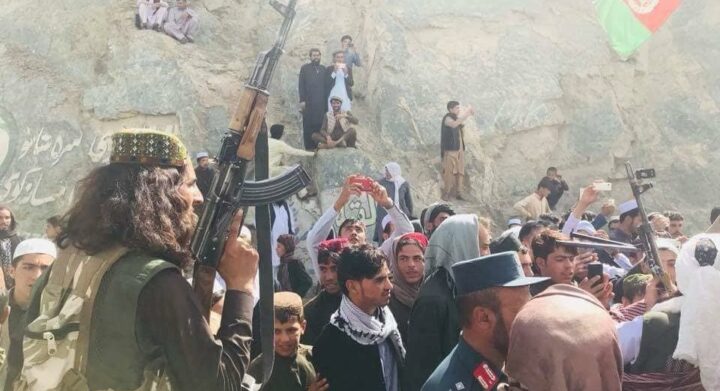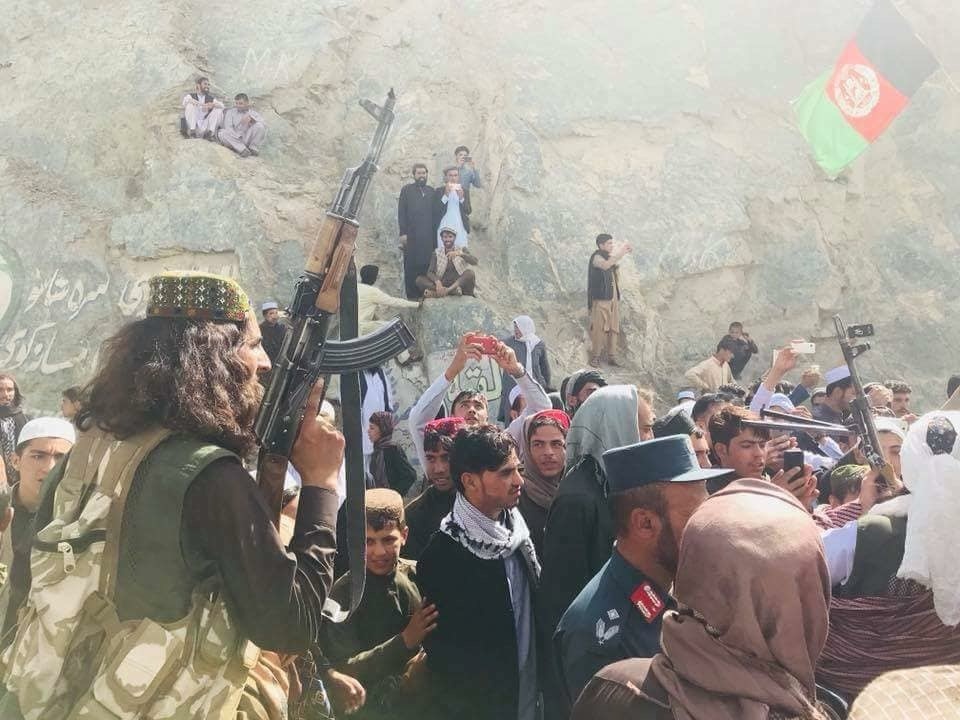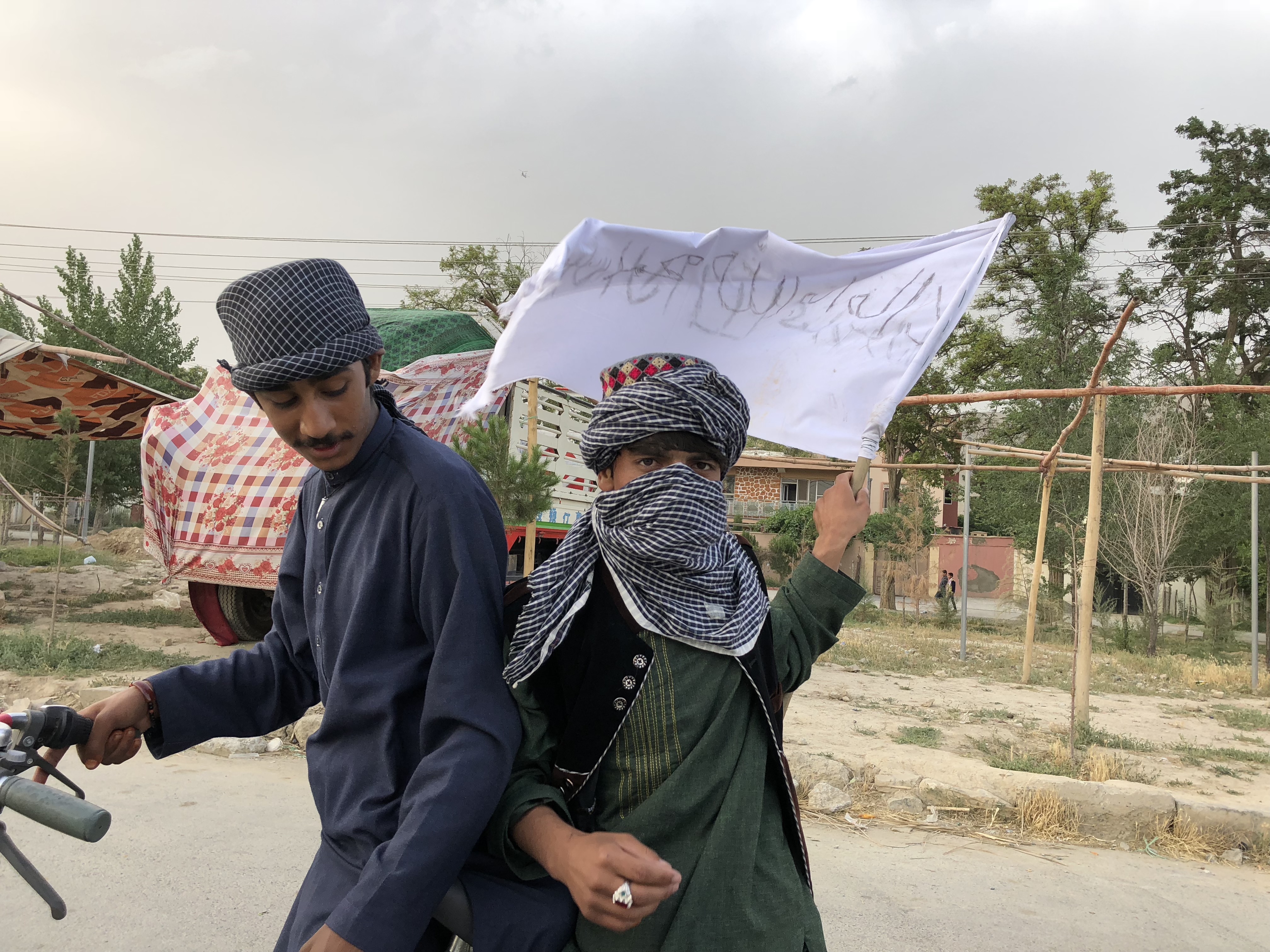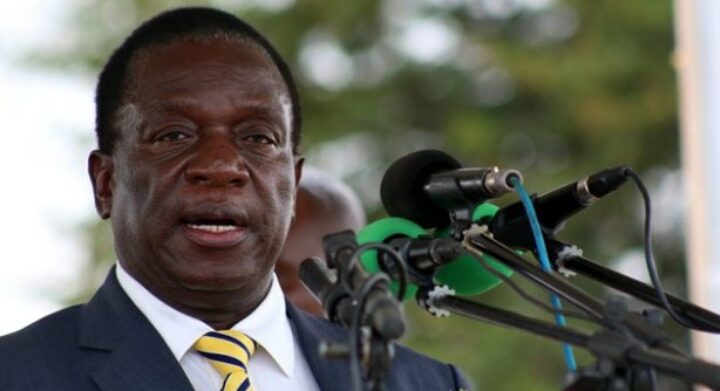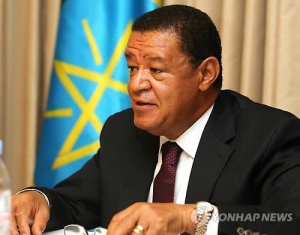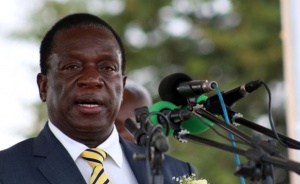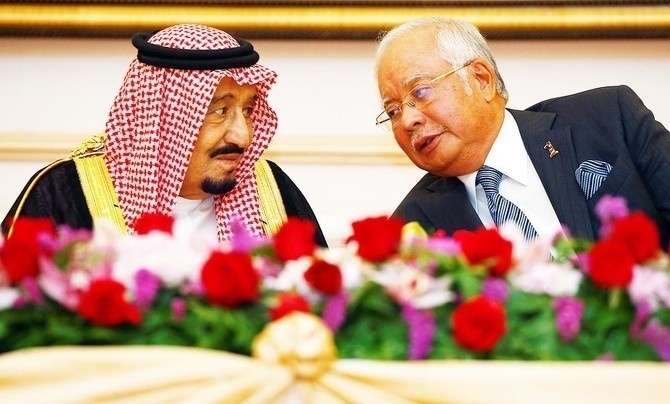
Saudi Arabia’s King Salman speaks with Malaysia’s Prime Minister Najib Razak during a Memorandum of Understanding signing ceremony in Putrajaya, Malaysia on Monday. (Reuters)
Following the Malaysian general election in May of 2018, the newly elected government decided to permanently shut down the anti-terrorism center which had been set up by former Prime Minister Najib Razak. The center, known as King Solomon Center for International Peace (KSCIP), was financed and backed by Saudi Arabia. The new government called into question the validity of a Saudi-funded de-radicalization center.
Officially, the center was closed for safety issues. The new government expressed concern that its operations would generate unwanted attention from the Islamic State. The stated purpose of the center upon creation was to, “…combat terrorist threats and the spread of propaganda and ideologies bandied about by the extremists and the terrorists.”
Some suggest closing the center will offend the Saudi government and disrupt diplomatic, economic, and political ties between Saudi Arabia and Malaysia. Others believe it is a good break which comes at a good, natural time of change. So doing, those say, allows the new government to distance itself from the old government, and perhaps Saudi Arabia.
During the Obama administration, Saudi Arabia was a close, US counter-terrorism partner, yet there is also speculation that Saudis use government funds, filtered through NGOs, to contribute to radicalization and violent extremism. The previous Malaysian administration was known to be corrupt. The former Prime Minister was arrested on corruption charges twice, and one of the instances involved the Saudi royal family. The new regime’s move to distance itself from the old regime’s policies and practices is not altogether unwise.
Theoretically, it seems self-evident that an anti-terrorism facility should serve as an asset to the country and help bring about a more peaceful, stable environment. But corruption overshadows that message and the good work KSCIP promised to do. The War on Terror and Islamic extremism have featured squarely in Malaysian current events. The government has introduced several anti-terrorism bills.
If centers like the KSCIP operated beyond the reach of foreign influence, educating young people, and focusing on peaceful, global change, then that would be a palliative to countries actively combatting terror. Meanwhile, upon closing, the center’s responsibilities were absorbed by the Defense Ministry.

